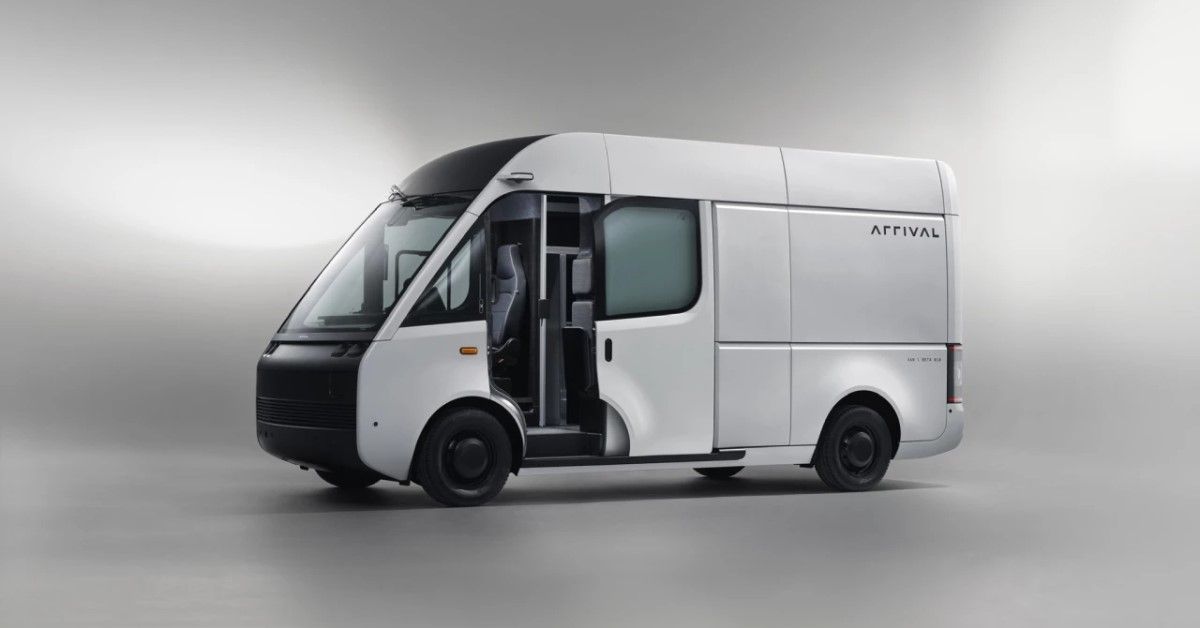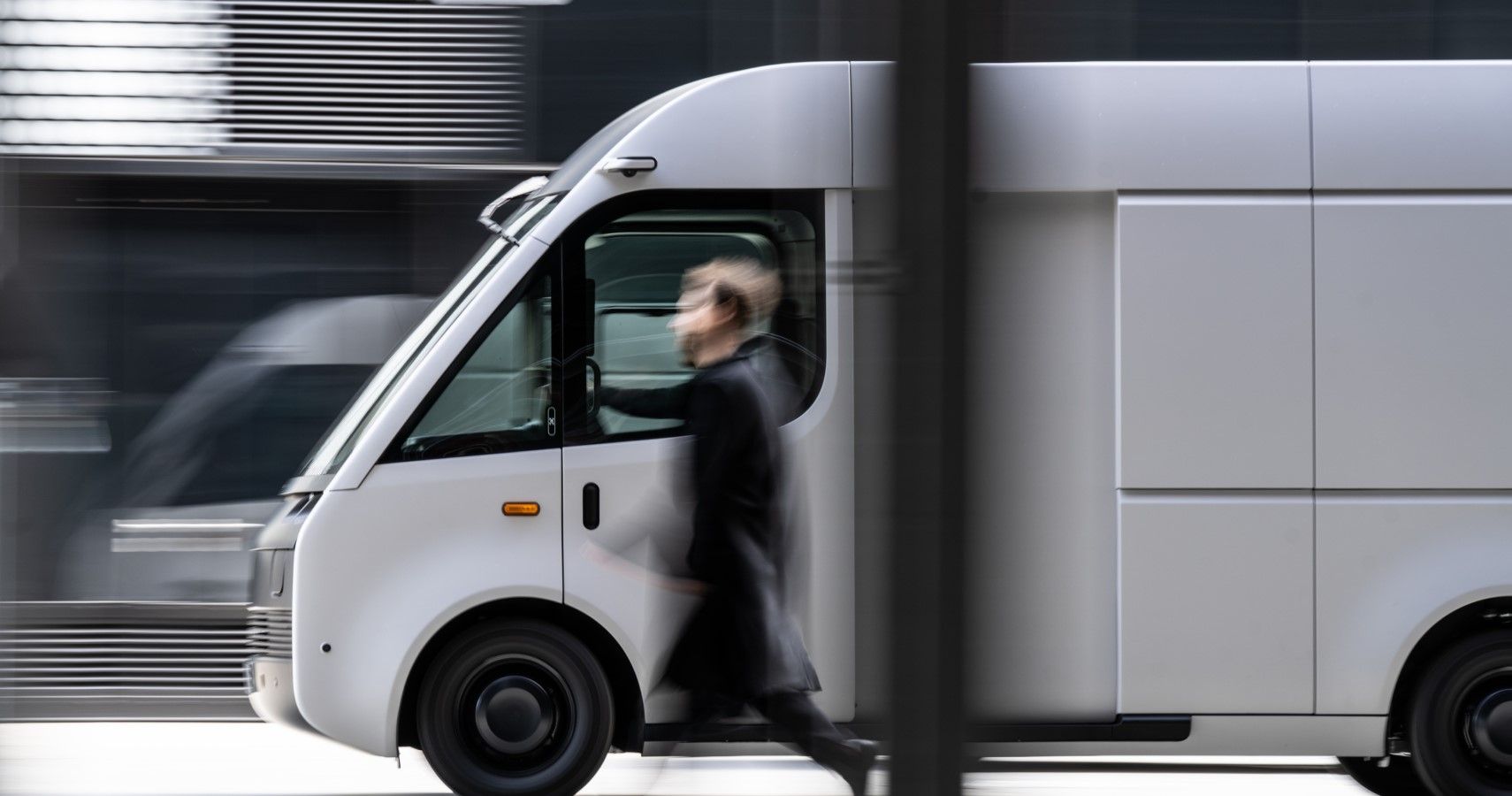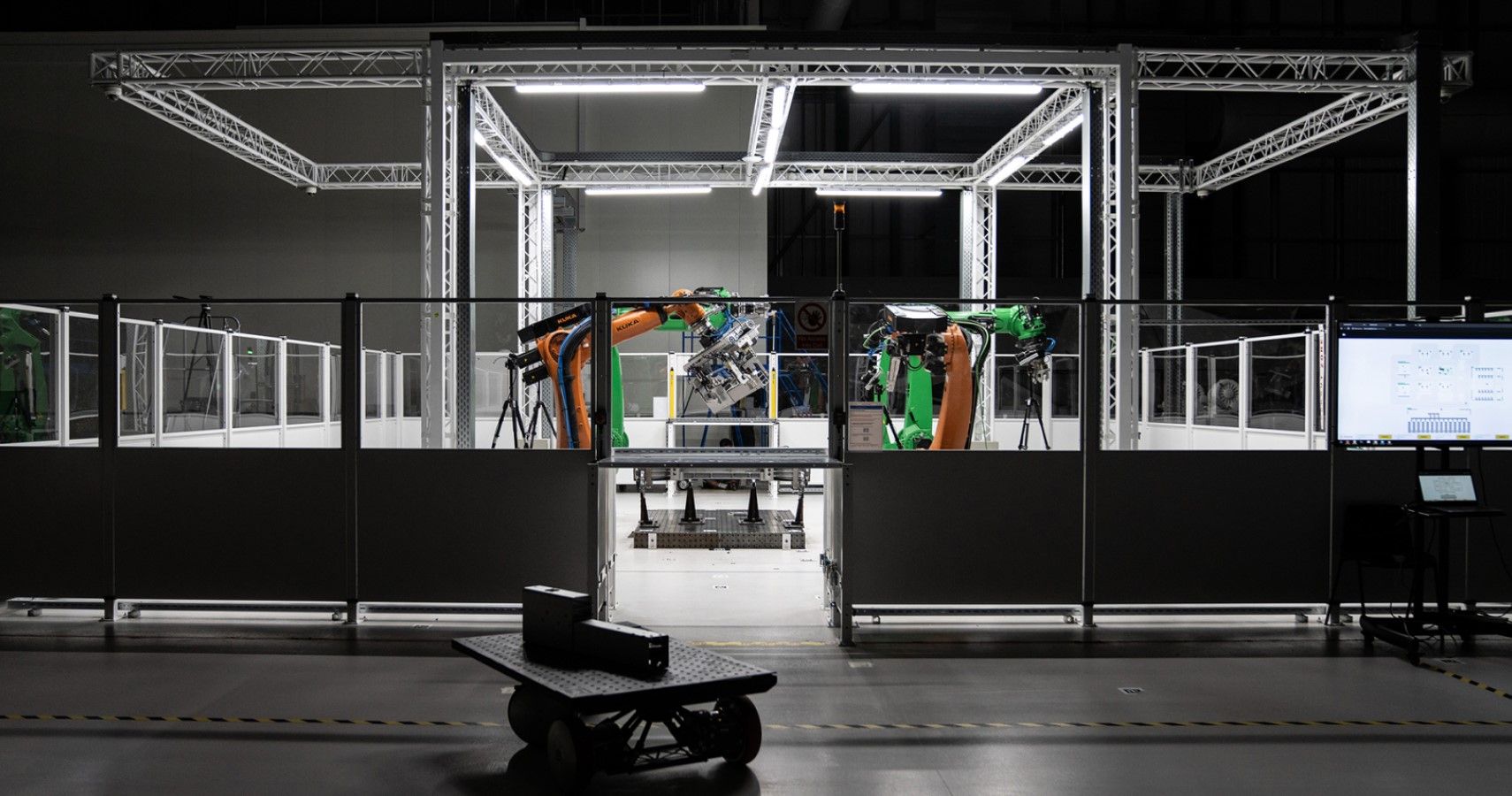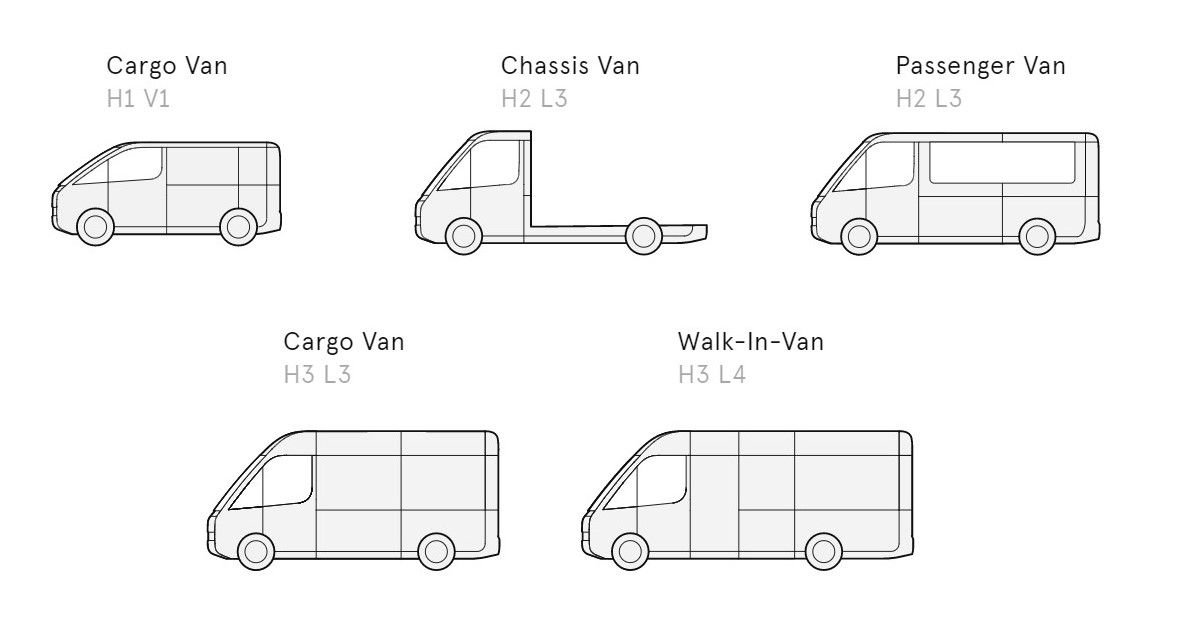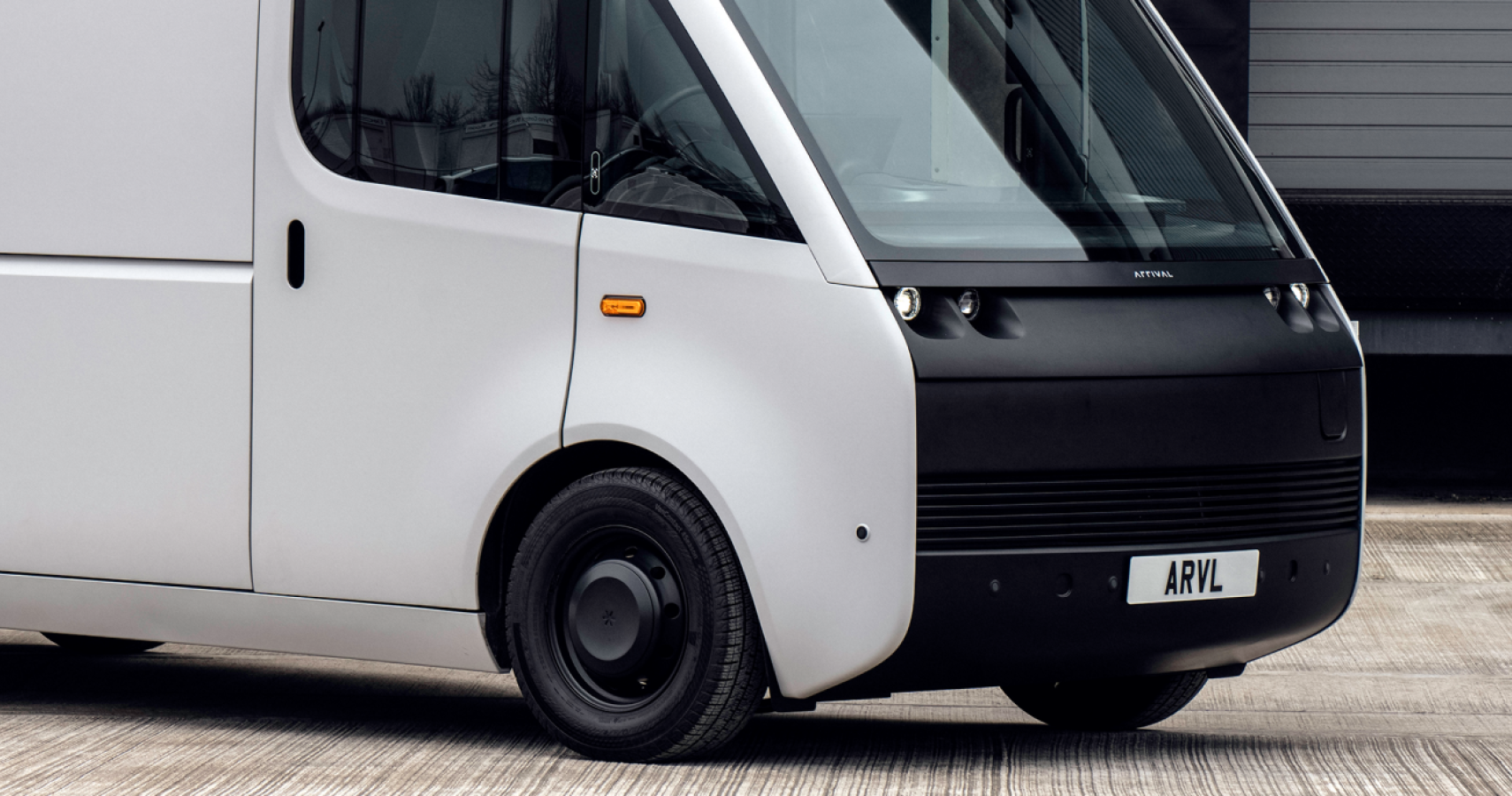The electric revolution is in full swing in the automobile sector and it is the passenger car segment that is getting the first overhaul. But amid all this hustle, the commercial sector had been left behind, until now. We sure know of already established automakers like BYD and Hyundai who have started pitching in electric vehicles for commercial purposes. Apart from the established ones, many new EV start-ups are popping out, and Arrival is one such company.
This UK-based automaker is primarily focused on establishing itself in the commercial sector. And for this, they have pitched in 2 very quirky products - a bus and a van! The arrival bus is bright and colorful (thanks to the plethora of LED screens it houses) and is high on practicality. The same is true about the Arrival van and it has already bagged a hefty order of about 10,000 units from UPS.
So, things look very promising for this automaker that is only 5 years old. Moreover, their off-beat manufacturing and production techniques have attracted fundings from Hyundai and Kia's likes. It will be offered in loads of configurations, including a chassis config, that can dial up on the practical approach with it. And we have a very strong hunch on Arrival being the icebreaker for EVs in the commercial sector, just like Tesla broke the 'electric' ice for passenger cars.
The Arrival Van is an ambitious new commercial EV aiming to make it big in the e-commerce sector, with a new off-beat production strategy.
The Arrival Van Will be Cheaper And Accessible; Perks Of Micro-Factories
Arrival is taking a rather lesser-traveled route when it comes to manufacturing. Instead of investing in a large-scale factory layout, they have invested in the concept of micro-factories. These are basically tiny warehouse-sized factories spread across various states, with the potential of being built even city-wise. This decluttered method has a lot more advantages at hand. First and foremost is the accessibility that it will provide for buyers, which are mostly going to be businesses.
But this doesn't leave out individuals also. Secondly, localization helps cut down on the production cost with parts being sourced locally. So, we are looking at cheap access to all alternatives to the still-thriving diesel options of the commercial world. Another perk is the added number of jobs that it will create for people. So, this method is quite sustainable and financially filling for the government as well. A win-win situation, nevertheless, despite doing the opposite of what EV leaders like Tesla are doing.
Arrival Van Comes In Several Powertrain Options For Versatility
Flexibility in terms of performance and load-carrying capacity is crucial when it comes to the commercial sector. And the Arrival van has its route set quite right. It will come in varying payload configurations with the help of a wider range of powertrain packages. It is expected to be offered in 4 powertrain layouts; ranging from 67 kWh to 133 kWh that can allow it to ferry for anywhere from 112 miles to 211 miles, allowing for it to stay wary of range anxiety. Load-carrying capabilities are wholesome with the Arrival van being able to haul between 3,560 pounds to 4,354 pounds.
Arrival Van Will Be Offered In 3 Lengths And 3 Heights Across Its Configurations
Talking of flexibility, the Arrival van will cater to a much wider audience thanks to the varying list of length and height options on offer. It also includes a chassis van, if none of the others fit your requirements. This is also where the modular platform comes into play to provide an unchanged package when it comes to driving dynamics. As the Li-Ion battery is positioned flat on the floor, despite its size differences, the center-of-gravity is more or less in the same spot, with vans of all height and length options.
A Generic And Minimal Form Factor; But Wrapped In A Durable New Material
Arrival recently gave us a look at both its electric van and bus. Both the vehicles are nothing outrageous and take on the generic form factor, that we have been seeing in the commercial sector for a long time. The Arrival van does sport a very quirky take on headlights and color combination, but apart from that, things are pretty much straightforward. But hidden in this common form factor is a very durable and patented exterior shield. The exterior body of the van is made up of durable composite material.
This is stubborn to dents and bruises and has been introduced keeping minimal maintenance in mind. When combined with the aluminum platform, provides for a nimble yet rigid vehicle that has a balance of performance and range. The van rolls of 16-inch steel wheels wrapped in 235 section tires and utilizes an independent front and rear suspension setup for a stable ride.
Arrival Van Interior Gets A Minimal Yet Tech-Rich Seating Layout
The off-beat interior is reminiscent of Tesla with a minimal dashboard highlighted by a pretty sizable interactive screen. The 15.6-inch unit will be the sole interaction point for all the various van functions. This van is high on features as well with heated seats and climate control to keep occupants cozy. It also comes with a 360-degree camera and digital mirrors to make transportation safe.
Talking of safety it also comes with various driver-assist features like blind-spot monitoring and lane-keeping assist. Each of the full-sized cargo vans can have loads of interior configuration options as well, which can be individually designed and made as per customer demands. With production expected to begin in the third quarter of 2022, expect to see these electric vans on the road by 2023, and most likely a UPS badged one.
Sources: Arrival.com, Insideevs.com, Newatlas.com, Industryweek.com, Electrek.co, Observer.com

